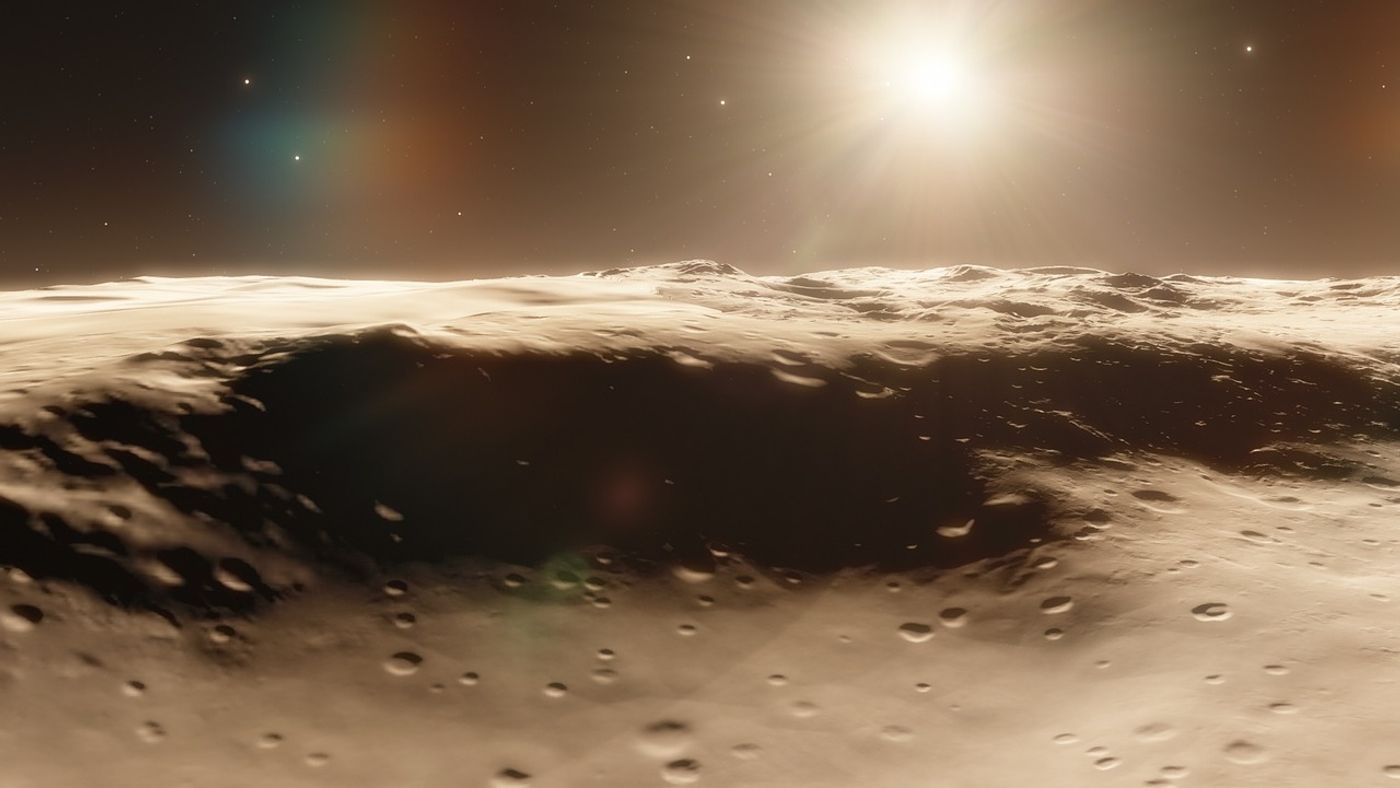Exomoon Candidate May be Larger Than Any Moon in the Solar System
Astronomers and planetary scientists alike seem confident about their theories regarding how the solar system’s multitude of natural satellites formed, but an exomoon candidate discovered in July called Kepler 1625 b-i might challenge our present understanding of moon formation.
Image Credit: Pixabay
In a paper published to the arXiv.org server by René Heller from the Max Planck Institute for Solar System Research, it becomes clear just how little we understand about Kepler 1625 b-i.
As of right now, we don’t even know if Kepler 1625 b-i exists, as it hasn't been validated just yet. After appearing as a seemingly negligible blip in transit data captured by the Kepler Space Telescope, it raised a few eyebrows among astronomers, but that’s about it.
Related: NASA puts Kepler back to work after emergency mode recovery
Without confirmation, candidates are merely 'possible' exomoon sightings based on circumstantial evidence, and Kepler 1625 b-i is no different. In fact, Heller says the current observation data is too vague to ascertain whether it exists or not.
Notably, the small blip captured by Kepler reportedly provides insight into the potential exomoon's size. Heller’s guestimates place Kepler 1625 b-i inside a vast size range as small as Earth, as big as Neptune, or somewhere in between.
It's not overly specific, but both the high and low ends of the guestimate spectrum are significantly more massive than any recognized moon in our solar system.
Related: Here's what the TRAPPIST-1 system looks like from Kepler's perspective
Most known moons are byproducts of a massive collision, objects captured by a planet’s gravitational pull, or the process of planet-orbiting debris accumulating over time into something more substantial. Considering how large Kepler 1625 b-i might be, the thought of it forming through any of the methods above seems inconceivable, and so the mechanisms behind its formation aren't yet clear.
It’s tough to study the characteristics of something or measure its size when you can’t even see it, but future observations with the Hubble Space Telescope may determine whether the exomoon exists or not and shed more light on its qualities.
No one’s holding their breath given the slim chances, but mysteries like this can make even the best minds in astronomy gaze at the skies in wonder.
Source: Phys.org









